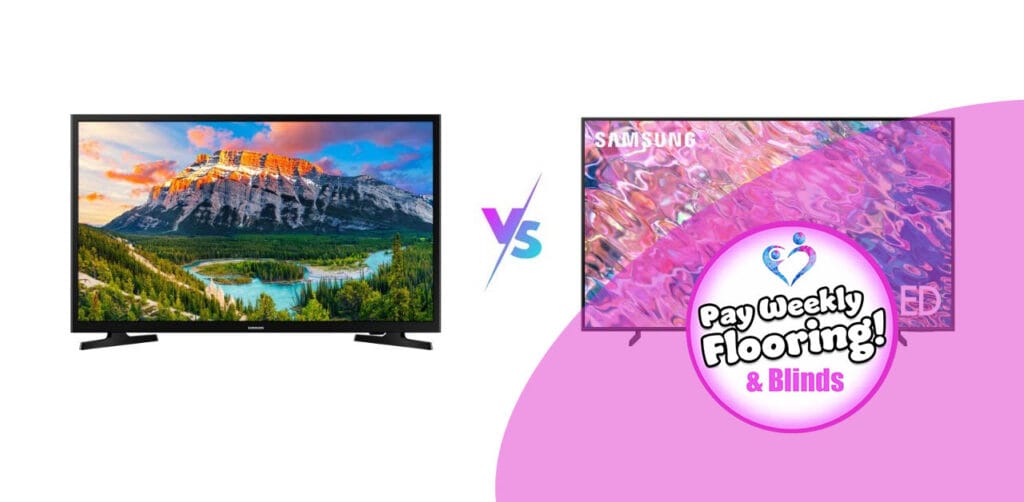UHD VS LED In today’s world, televisions are a popular technology which is common in many households. From older people to kids, everyone enjoys watching TV as it provides great visual content on a big screen.
There are different types of TVs but UHD (Ultra High Definition) and LED (Light Emitting Diode) are the biggest competitors because of some great features.
Although both UHD and LED contain amazing features, in terms of qualities, UHD wins against LED because of the high resolution and HDR support. The basic difference between UHD and LED is, that UDH is screen resolution while LED is a screen lighting technology.
So, in this blog, we walk you through the comparison of UHD vs LED. Then you can make a decided choice before buying a TV.
What is UHD TV?
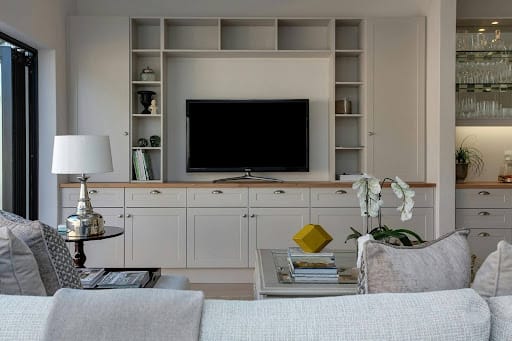
UHD TV or Ultra High Definition television is popular for offering high-quality pictures and a more fascinating viewing experience. UHD TV is basically popular for its high-resolution display of 3840x2160p which is four times higher than the usual HD TV (1920x1080p).
With such high resolution, UHD TV allows you to watch any content in great quality and refined colour and brightness. Also, the aspect ratio of UHD is 1.78:1 which is different from other TVs,
The best part about UHD is that you get to see every picture in detail and crystal-clear colours. It might be pricey but the features of UHD are worth the price.
What is an LED TV?
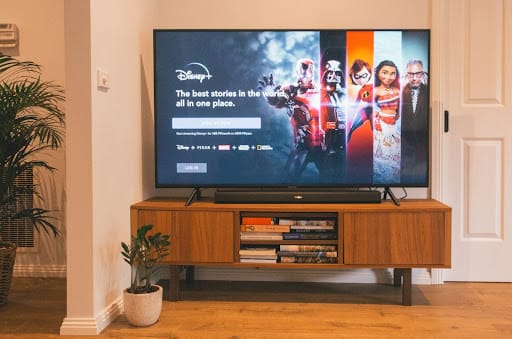
LED TV stands for Light Emitting Diode television. This type of TV display technology which uses light-emitting diodes to light up the screen and create images. The improved picture quality, slim design, and energy efficiency of LED TVs make them popular in electronic markets.
The backlighting in HD LED TV display is also a great feature as it allows you to control brightness levels and provide advanced picture quality with improved contrast ratios.
It comes with inserting options of USB and HDMI which allow you to stream anything with good internet at home. No matter what content you stream, LED TV makes the picture quality great and lets you experience amazing views.
Differences Between UHD and LED
When you think of buying a TV and can not decide which one to choose between UHD and LED, it might become a hassle sometimes. Well, here are some of the differences that can help you decide which TV will be the right choice for you.
1. Picture Quality and Resolution
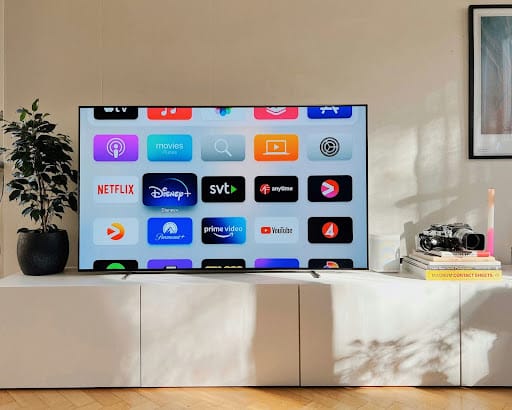
UHD TV provides clear and detailed image quality with its high resolution and increased pixel of 3840x2160p which is visually appealing on a large screen. While, on the other hand, LED TV offers the standard picture quality at 1080p through the backlighting technology. Sometimes, the resolution of LED TVs can vary, depending on which type you get.
You can get to experience higher resolution in UHD TVs with detailed and crystal-clear images. However, LED TVs can also provide good-quality images, but may not be as sharp as UHD TV offers.
2. Size
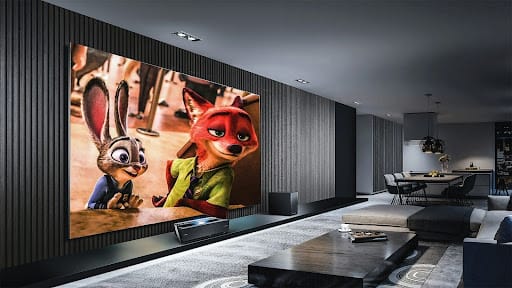
For the size selection, you must know which sizes are available for both TVs. UHD televisions are available in a variety of sizes, ranging from 43 inches to 98 inches. The bigger the screen the better experience with picture quality.
On the other hand, LED TVs are available in sizes between 32 inches and 65 inches. Although in recent years the sizes of LED TVs have increased up to 70-80 inches, these are not really common. The standard and the most popular LED TV size is 55 inches.
3. Colour and Brightness
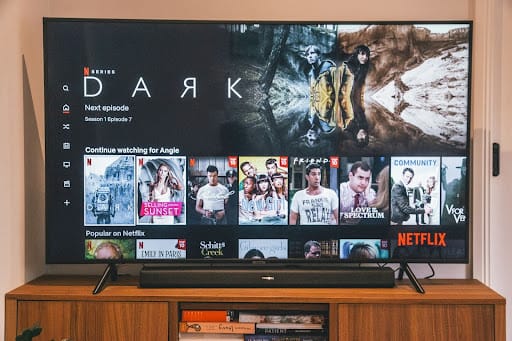
Other than high resolution, UHD TVs also provide advanced colour and brightness features. A lot of UHD TVs come with the support of HDR (High Dynamic Range) which impressively enhance colour depth and contrast and create vibrant and real-life images.
LED TVs’ colour and brightness depend on which type of LED you get, full-array or edge-lit. It can also provide replicated colours and brightness but may not reach a high level of colour depth compared to UHD TV.
4. Price
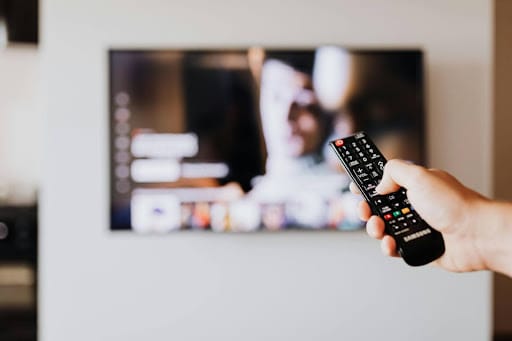
While UHD TV comes with amazing features, it is obvious that it will be a bit pricey. Normally, the price depends on which size of UHD TV you get. The average price of UHD ranges from £230 to £599. The more exciting viewing requires a bigger screen, but if it’s not affordable for you, simply buy the affordable option.
LED TV, on the other hand, is quite cheaper in price compared to UHD TV. The starting price of LED TVs is £124 which can go up to £499, depending on the size of the television. Since UHD wins in all qualities, LED wins at being the affordable option.
UHD VS LED TV – Which One to Choose?
After reading the detailed information about the differences between UHD and LED, you will now have a clearer idea about the display technology, picture quality comparison, and resolution.
For those who want to just enjoy watching a TV without spending loads of pounds, LED is a great option as it can offer good quality images through its backlighting method. Although it may not win against the features of UHD TV which enhance the picture quality to another level lets you have the best viewing experience.
When it comes to the full screen, UHD offers a sleek and curved full screen which pleasures lifelike images. Whereas LED TV comes with a slight border on all four sides of the TV, it makes picture quality visible but may not be as crystal-clear as UHD TV.
FAQs
Is UHD TV worth buying?
Yes, the high resolution and amazing features UHD TV offers are worth the price.
Which type of TV is best for the eyes?
To watch a TV longer in a comfortable way, LED, LCD, and OLED are the best options.
What is the benefit of UHD TV?
Ultra high-definition televisions support HDR (High Dynamic Range) which boosts the colour depth and allows you to control the brightness levels.
How many types of LED TVs are available?
LED TVs are available in two types, full-array and edge-lit. These are available in all electronic markets.

